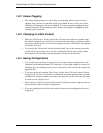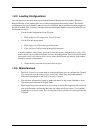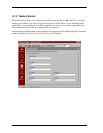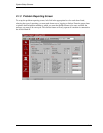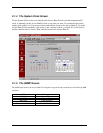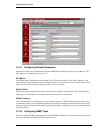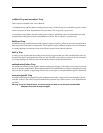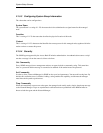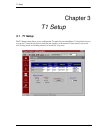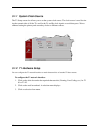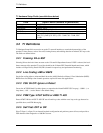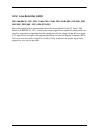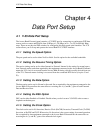
2-6
coldStart Trap and warmStart Trap
These traps are combined in the Access Bank II:
A coldStart(0) trap signifies that the sending protocol entity is reinitializing itself such that the agent’s configu-
ration or the protocol entity implementation may be altered. This is typically a power reset.
A warmStart(1) trap signifies that the sending protocol entity is reinitializing itself such that neither the agent
configuration nor the protocol entity implementation is altered. This is typically a software reset.
linkDown Trap
A linkDown(2) trap signifies that the sending protocol entity recognizes a failure in one of the communication
links represented in the agent’s configuration. The Trap-PDU of type linkDown contains as the first element of
its variable-bindings, the name and value of the ifIndex instance for the affected interface.
linkUp Trap
A linkUp(3) trap signifies that the sending protocol entity recognizes that one of the communication links rep-
resented in the agent’s configuration has come up. The Trap-PDU of type linkUp contains as the first element of
its variable-bindings, the name and value of the ifIndex instance for the affected interface.
authenticationFailure Trap
An authenticationFailure(4) trap signifies that the sending protocol entity is the addressee of a protocol message
that is not properly authenticated. While implementations of the SNMP must be capable of generating this trap,
they must also be capable of suppressing the emission of such traps via an implementation-specific mechanism.
enterpriseSpecific Trap
A enterpriseSpecific(6) trap signifies that the sending protocol entity recognizes that some enterprise-specific
event has occurred. The specific-trap field identifies the particular trap, which occurred (to be implemented in
the future).
Warning: To use the Trap Facilities, you must configure at least one of the three available NMS
addresses to receive the trap messages.




